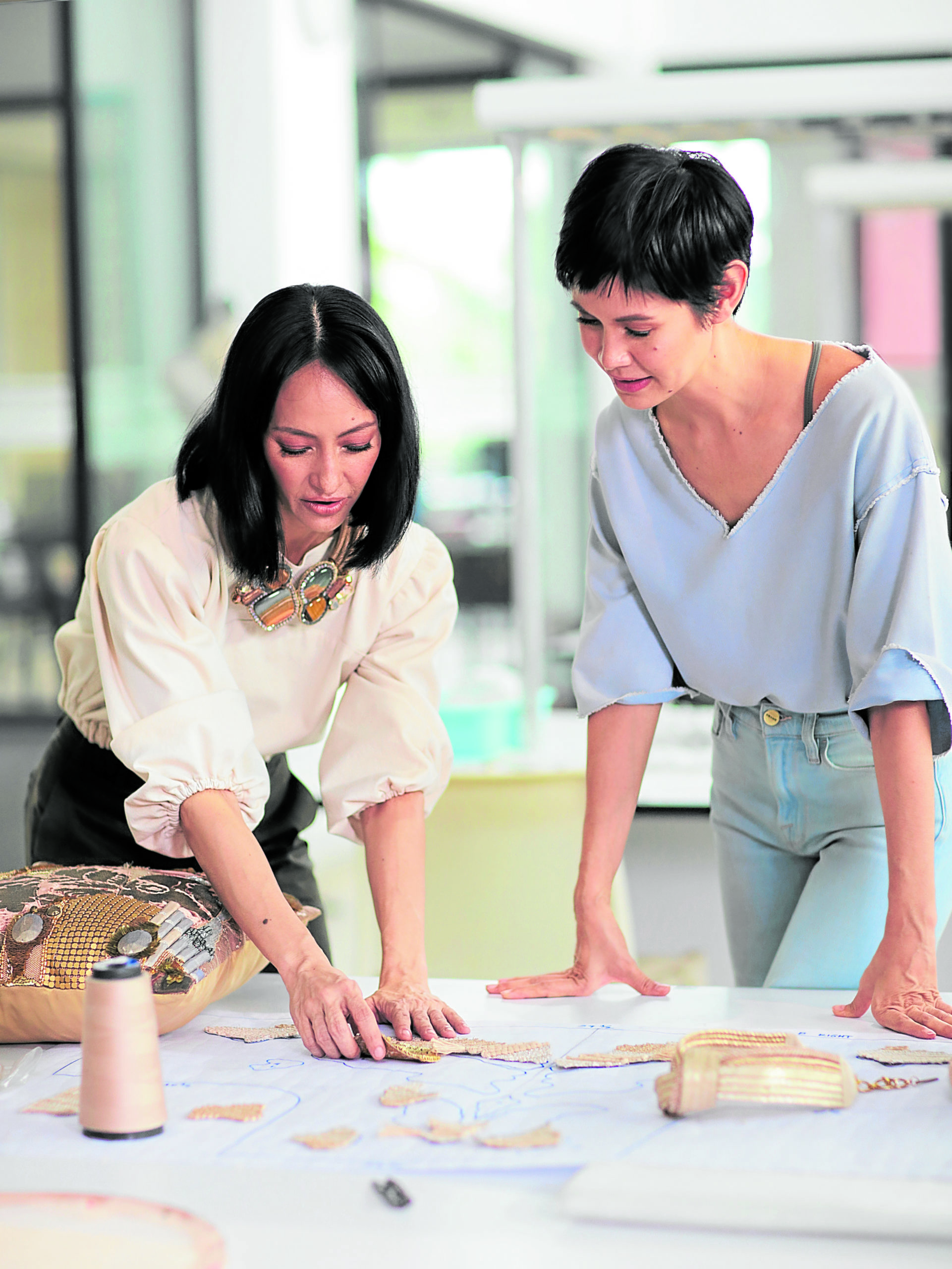Bea Valdes takes the ‘long’ view on design thinking
Bea Valdes is the owner of BEAVALDES, a design brand launched in 2004 focusing on bespoke pieces made through unique craftsmanship, often in collaboration with local artisans. She was declared a Master Innovator for Innovative Designs and Use of Creative Technology at the very first Mansmith Innovation Awards in 2021. In this interview, she shares some of her keen insights on incorporating innovation into the design process and what budding creatives need to develop to become future innovators themselves.
Q1: You talk of making your meaning, and how what you create represents what you value. What is the value of design as a discipline and industry for you?
A1: In the world of our craft and design, the techniques we use demand a level of technical skill and workmanship. Though the tools we use are simple, based on the language of needle and thread, it is the time that we invest in its mastery that gives us our unique voice.
By designing with better materials, by crafting for longevity and efficiency, by creating pieces that are desirable, by investing in the skills of our team—we hope to continue to celebrate the work of human hands.
In a larger context, all conceived objects and systems have the potential to shape the way we live. As designers, now there is an even greater responsibility to take the long view—to assess the materials we use, to scrutinize the processes undertaken, to take our steps towards designing out waste and pollution, to consider the well-being of people we work with, and to craft for longevity.
Q2: How did you integrate innovation into the development of your brand’s personal identity?
A2: Our respective histories provided a distinctive perspective from which to view the fashion industry. My own background is in creative writing, industrial design and interior design. My sister’s educational focus was on economics and gender studies. Our creations have been born from intuition and iteration rather than a formal education in the particular industry. Our values have informed our priorities and the decisions we make remain aligned with this. The roots of our innovations come from this outsider’s view, the learning generated from trials and errors, the refining of tactile ideas—this lends itself to both analysis and storytelling.
Q3: In your view as a creative, how much technical knowhow must a person develop before moving on to the process of innovating within their field?
A3: Though our own journey, equipped with minimal technical understanding, lends to paths of constant discoveries, I would recommend having as much foundational knowledge as possible. It will allow one to optimize efficiency. However, the potential to see the gaps in the market, and where or how to innovate come at any point—and sometimes you may just have to change that landscape where you stand.
Q4: How can creatives avoid getting hindered by what “must be done” and instead use it to push the boundaries with their ideas?
A4: I think the work of the creatives is exactly finding that connection that allows them for both “what must be done” and pushing the boundaries. What must be done is not a hinderance, in our perspective. One can use it to bridge the ideas and use it as a catalyst for innovations.
Q5: Which comes first, the design, the price or the target market?
A5: In our workshop, we always say that design is king.
Q6: Lastly, do you have any piece of advice for young designers just starting out, or looking to transition into the field?
A6: There are three aspects I have found useful for innovation. The first is context. To consider the history of an industry and to immerse oneself in the innovations of its past and present may help one to see the paths of its future. The second one is to create from a personal space. One’s roots ground their unique outlook. And finally, keep on prototyping. The lessons learned from iteration are invaluable. Hopefully, this cultivates the objects of meaning they make.


